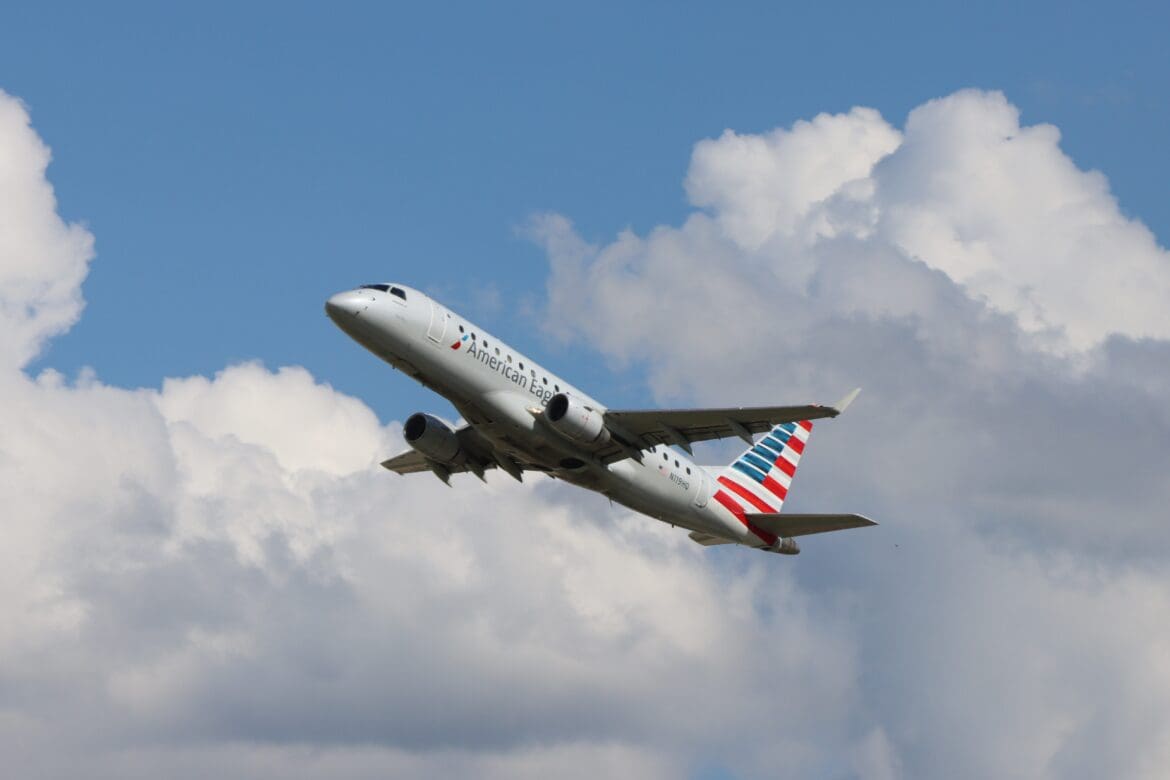Advertiser & Editorial Disclosure: The Bulkhead Seat earns an affiliate commission for anyone approved through the links below. This compensation may impact how and where links appear on this site. We work to provide the best publicly available offers to our readers. We frequently update them, but this site does not include all available offers. Opinions, reviews, analyses & recommendations are the author’s alone, and have not been reviewed, endorsed, or approved by any of these entities.
American Airlines is being sued after a 14-year-old boy died in flight. He suffered a cardiac arrest and the flight crew was not properly trained to use the defibrillator to attempt to save his life. The device was also reportedly not properly charged on the June 2022 flight between San Pedro Sula’s Ramón Villeda Morales International Airport (SAP) and Miami International Airport (MIA).
The lawsuit states that Kevin Greenridge was en route to New York from Honduras where he was vacationing with his family. The boy suffered a cardiac arrest and lost consciousness shortly after takeoff. The flight crew was not properly trained to use the onboard defibrillator and when the flight diverted to Cancún International Airport (CUN) it was too late. The boy as pronounced dead upon arriving at the hospital.
It further reads that:
[Greenidge’s death was] caused wholly and solely by reason of the carelessness, recklessness, and negligence of the defendant.”
The Fort Worth Star Telegram reports that while filed in New York last year, American Airlines had the case transferred to Fort Worth, the home of its headquarters. The case seems pretty damning as eyewitnesses have confirmed that the flight crew was slow to respond and did not seem properly trained to use the emergency medical equipment.
Airlines have been required to have operational defibrillators on aircraft since 2004. These need to be accessible, properly labeled, and functioning. Defibrillators are listed as part of an aircraft’s minimum equipment list.
Anthony’s Take: This is a sad story and one that might have been preventable had the defibrillator been properly used. My condolences to the family and I hope they find peace.
(Featured Image Credit: Donna White.)
User Generated Content Disclosure: The Bulkhead Seat encourages constructive discussions, comments, and questions. Responses are not provided by or commissioned by any bank advertisers. These responses have not been reviewed, approved, or endorsed by the bank advertiser. It is not the responsibility of the bank advertiser to respond to comments.
Advertiser & Editorial Disclosure: The Bulkhead Seat earns an affiliate commission for anyone approved through the links above This compensation may impact how and where links appear on this site. We work to provide the best publicly available offers to our readers. We frequently update them, but this site does not include all available offers. Opinions, reviews, analyses & recommendations are the author’s alone, and have not been reviewed, endorsed, or approved by any of these entities.

2 comments
There is another article in the boardingarea.com series of blogs which describe the defibrillator (AED) as not in need of repair. AEDs shock people but shocking the heart is not to get a heart to start beating again. That is the wrong thing to do. AEDs are supposed to convert abnormal ventricular fibrillation rhythm into normal rhythm. I know that because I stayed at a Holiday Inn Express and I know Dr. Google.
14 year old boys generally don’t die of heart attacks. Rare cases of cocaine use or cardiomyopathy like when an athlete dies suddenly are among the causes. AA was not “wholly” responsible as the excerpt claims. AA FA can’t even serve people well and you expect them to be EMTs or MDs?
Flight attendants aren’t competent to serve a PDB, clean up a mess, or even talk to passengers, do you really expect them to save a life? Why not sue all the other passengers for not being a doctor and saving the kid/